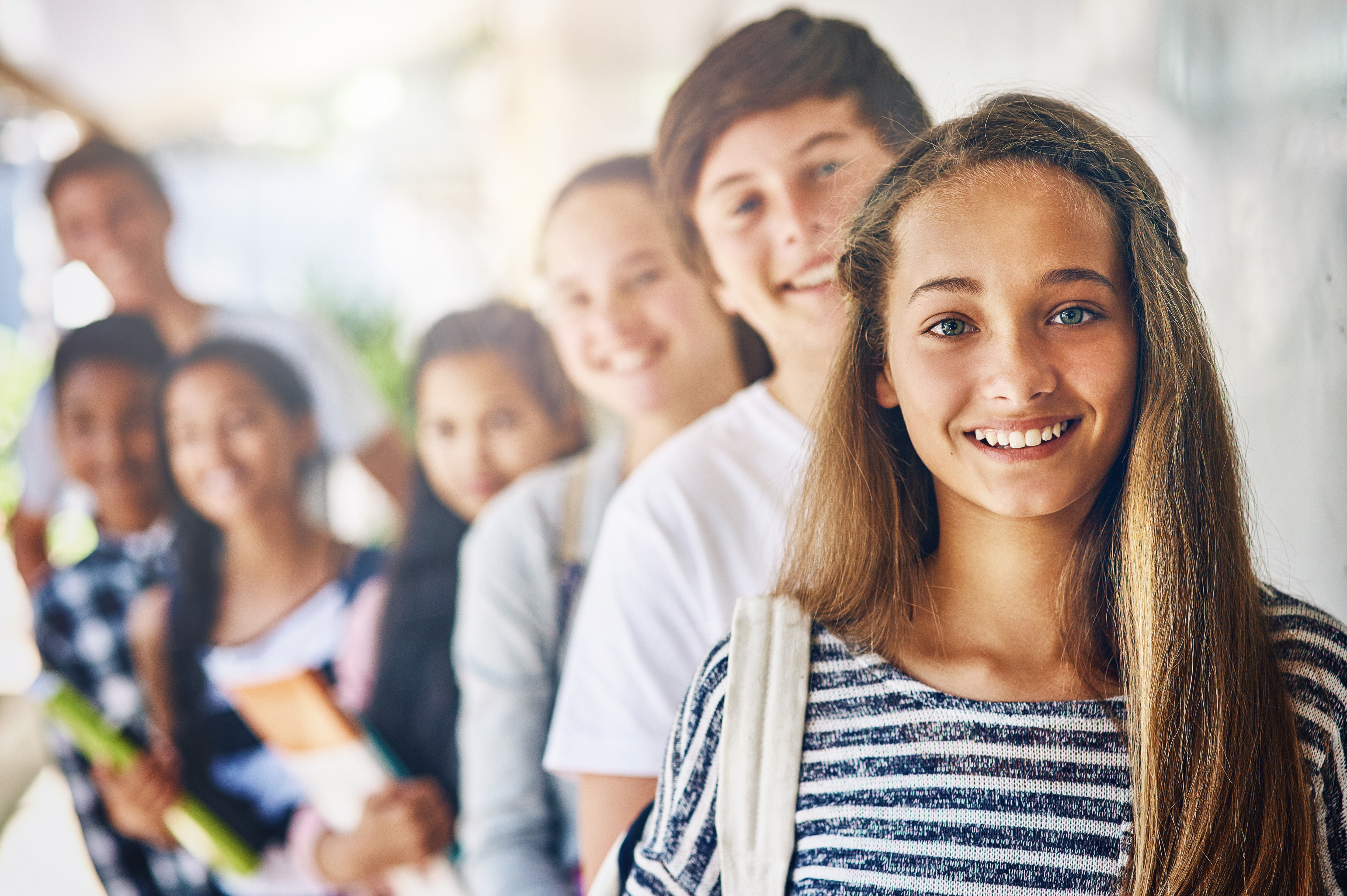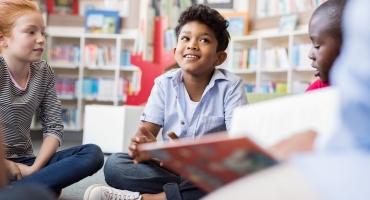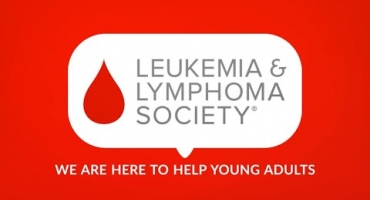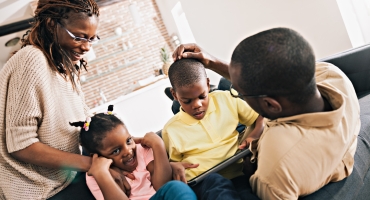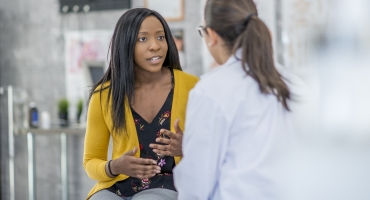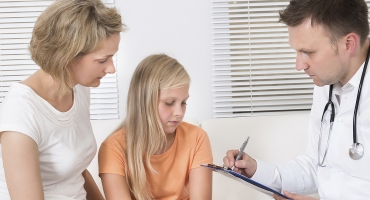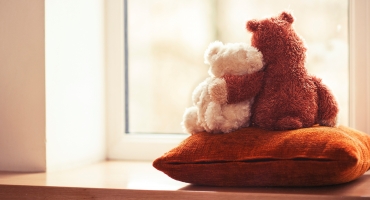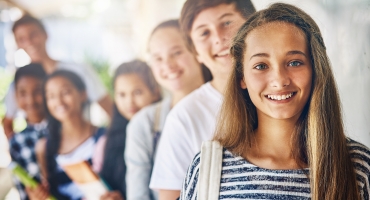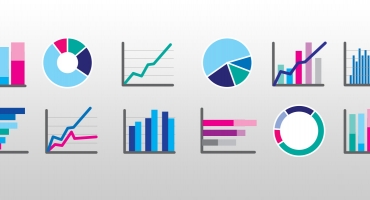Every family living with childhood cancer is thrown into upheaval. The good news, however, is that most childhood patients can expect to have full and productive lives. Many childhood cancer survivors return to school, attend college, enter the workforce, marry and become parents. Nevertheless, being vigilant about follow-up care, being aware of long-term and late effects of treatment, helping your child return to school and even dealing with your emotions are all things you'll need to manage — and these pages will help guide you.
LLS is committed to helping children not only survive their cancer but thrive in their lives after treatment. We encourage you to learn more about The LLS Children’s Initiative, our multi-year effort to bring better treatments and care to children with blood cancer.
LLS Coloring For Kids™
This free coloring app allows children to express their creativity and also offers activities to help them learn about blood cancer and its treatment.
